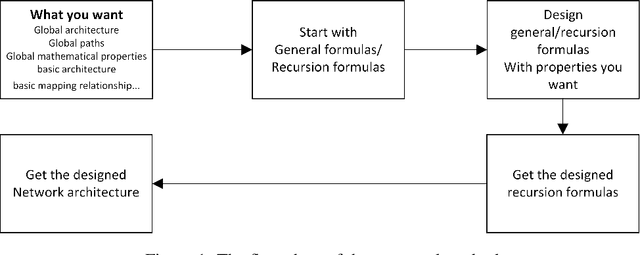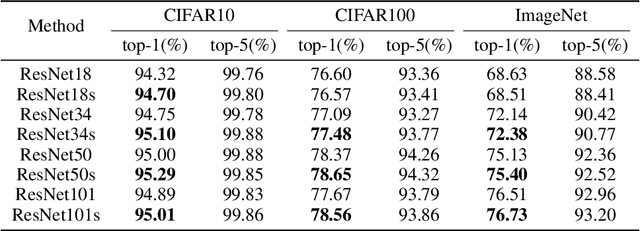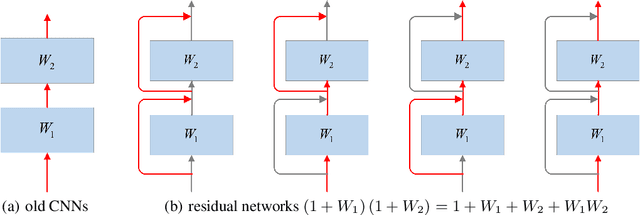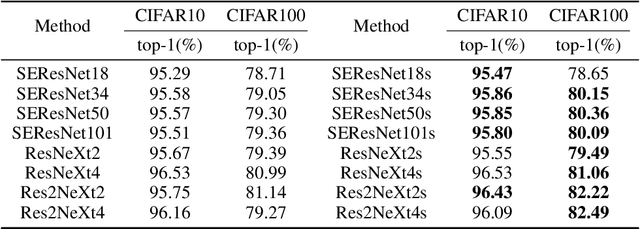Yilin Liao
AttentionMixer: An Accurate and Interpretable Framework for Process Monitoring
Feb 21, 2023



Abstract:An accurate and explainable automatic monitoring system is critical for the safety of high efficiency energy conversion plants that operate under extreme working condition. Nonetheless, currently available data-driven monitoring systems often fall short in meeting the requirements for either high-accuracy or interpretability, which hinders their application in practice. To overcome this limitation, a data-driven approach, AttentionMixer, is proposed under a generalized message passing framework, with the goal of establishing an accurate and interpretable radiation monitoring framework for energy conversion plants. To improve the model accuracy, the first technical contribution involves the development of spatial and temporal adaptive message passing blocks, which enable the capture of spatial and temporal correlations, respectively; the two blocks are cascaded through a mixing operator. To enhance the model interpretability, the second technical contribution involves the implementation of a sparse message passing regularizer, which eliminates spurious and noisy message passing routes. The effectiveness of the AttentionMixer approach is validated through extensive evaluations on a monitoring benchmark collected from the national radiation monitoring network for nuclear power plants, resulting in enhanced monitoring accuracy and interpretability in practice.
Analyze and Design Network Architectures by Recursion Formulas
Aug 18, 2021



Abstract:The effectiveness of shortcut/skip-connection has been widely verified, which inspires massive explorations on neural architecture design. This work attempts to find an effective way to design new network architectures. It is discovered that the main difference between network architectures can be reflected in their recursion formulas. Based on this, a methodology is proposed to design novel network architectures from the perspective of mathematical formulas. Afterwards, a case study is provided to generate an improved architecture based on ResNet. Furthermore, the new architecture is compared with ResNet and then tested on ResNet-based networks. Massive experiments are conducted on CIFAR and ImageNet, which witnesses the significant performance improvements provided by the architecture.
 Add to Chrome
Add to Chrome Add to Firefox
Add to Firefox Add to Edge
Add to Edge